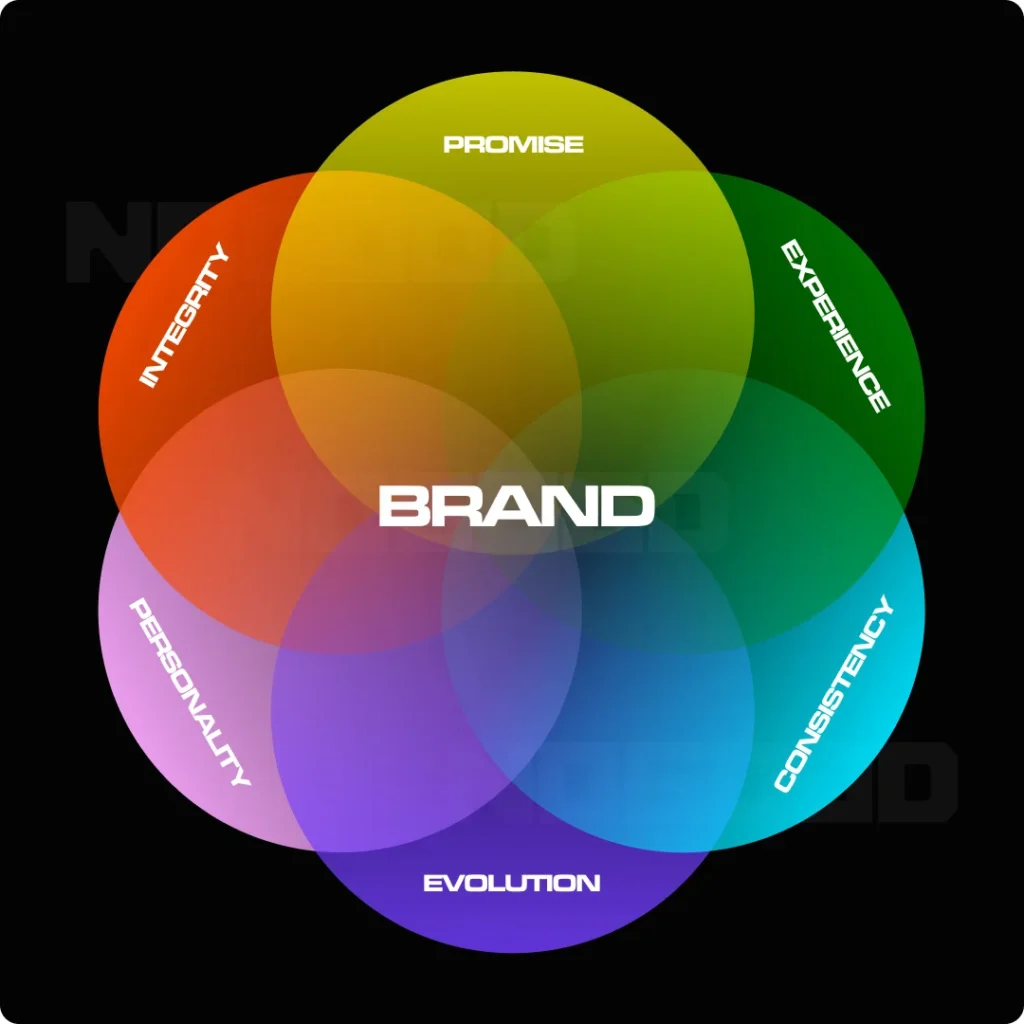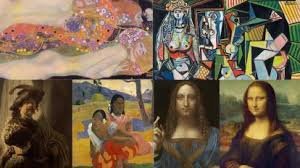Culture Is the New Creative Currency
In today’s globalized marketplace, brands that resonate deeply don’t just sell products, they tell stories. And nothing tells a story more powerfully than culture. From African kente patterns to Japanese minimalism, from Latin American vibrancy to Nordic simplicity, cultural themes are shaping the way we see brands, design products, and communicate identity.
But there’s a fine line between appreciation and appropriation, between relevance and tokenism. So, how do you thoughtfully and powerfully integrate cultural elements into branding and design?
This guide will show you how. We’ll explore real-world brand examples, actionable design strategies, creative tools, and ethical guardrails to help you use cultural themes in a way that’s bold, respectful, and deeply human.
Why Cultural Themes Are Powerful in Branding
1. Culture Builds Emotional Resonance
Cultural elements tap into personal identity, memory, and belonging. A well-used cultural motif isn’t just visually interesting, it’s emotionally magnetic.
Case Study: Nike’s N7 Collection
Nike created the N7 line to support Native American and Indigenous communities. The branding draws on indigenous patterns and colors, and the campaign highlights Native athletes and creators. It’s not just beautiful, it’s rooted in community investment.
2. Culture Differentiates in a Saturated Market
In an endless sea of tech-styled logos and sterile corporate typefaces, culture-infused design stands out. It signals heritage, perspective, and depth.
Example: Wakanda-themed Pepsi campaign (Black Panther)
Pepsi’s Africa-focused marketing during Black Panther’s release used bold Afro-futurist design rooted in African textiles and patterns. The result: massive engagement and brand loyalty.
3. Culture Sparks Global Relevance and Local Loyalty
Brands that understand and reflect local cultures are seen as “of the people.” At the same time, global audiences are hungry for authentic cultural discovery.
Key Principles Before You Begin
Principle #1: Do the Cultural Homework
Research is non-negotiable. Understand the origin, context, symbols, and meaning behind the cultural elements you’re drawing from. Consult community voices and consider lived experiences.
Principle #2: Collaborate, Don’t Appropriate
Bring in artists, designers, historians, and creatives from the cultures you’re referencing. Let them lead, shape, and benefit from the work.
Tip: If you’re using a West African Adinkra symbol, collaborate with Ghanaian designers who’ve grown up with it. Share credit, share profit.
Principle #3: Tell a Deeper Story
Culture isn’t just visual, it’s historical, emotional, political, and spiritual. Don’t just borrow a pattern. Tell the story behind it.
How to Find Cultural Inspiration (The Right Way)
1. Start with Shared Values
Ask yourself: What does your brand stand for? What cultural stories share those same values?
| Brand Value | Cultural Parallel |
| Sustainability | Indigenous knowledge systems, Scandinavian design |
| Strength | West African masks, Japanese samurai iconography |
| Creativity | Latin American street art, Aboriginal dot painting |
2. Explore Cultural Aesthetics by Region
Here are some broad starting points (but always research the specifics):
- West Africa: Kente cloth, Adinkra symbols, earthy color palettes
- Japan: Zen minimalism, brush calligraphy, wabi-sabi imperfection
- Mexico: Bold colors, papel picado, Day of the Dead imagery
- Nordic: Natural textures, minimalism, light-focused design
- India: Intricate patterns, spiritual symbolism, vibrant hues
3. Mine: Folklore and Symbolism
Cultural myths, stories, and symbols are goldmines for authentic storytelling. These often come with ready-made emotional weight.
Where to Apply Cultural Themes in Your Brand
Visual Identity
- Logos
- Color palettes
- Typography
- Patterns or motifs
- Photography style
Example: Meji Meji (African beverage brand)
Their label designs feature Yoruba motifs, traditional dye patterns, and color psychology rooted in Nigerian aesthetics.
Packaging
- Use cultural illustrations or textures (e.g., linen textures from East Asia)
- Employ language snippets in naming or product descriptors
- Feature region-specific imagery or maps
Example: Tierra & Lava (Guatemalan skincare)
Packaging features Mayan glyphs, local flora, and handmade paper textures.
Marketing & Campaigns
- Center cultural events (e.g., Lunar New Year, Día de Muertos)
- Collaborate with cultural influencers
- Use cultural music, idioms, or references in ads
Voice & Tone
- Use proverbs, sayings, or storytelling formats from that culture
- Infuse rhythm or cadence influenced by oral traditions
Real-World Brand Case Studies
1. Apple – Chinese New Year Films
Apple commissions award-winning filmmakers in China to shoot heartfelt short films using iPhones. The stories reflect deep Chinese values like family, perseverance, and intergenerational connection. No forced selling, just beautiful cultural storytelling.
2. UNIQLO – Japanese Minimalism Meets Global Wearability
UNIQLO integrates Japanese design principles – function, simplicity, utility- across its global branding. It never shouts “Japanese,” but the cultural DNA is present in every seam.
3. Coca-Cola – “Share a Coke” in Local Languages
By printing common names in native scripts on bottles (e.g., Arabic, Hindi, Zulu), Coca-Cola connected global branding with local intimacy, at scale.
Ethical and Strategic Guardrails
Before you finalize your design, run it through these filters:
Cultural Appropriation Checklist
- Have you researched the origin of the element?
- Are you commercially using sacred or restricted symbols?
- Have you collaborated with people from that culture?
- Are you giving back (via royalties, spotlight, or profit sharing)?
Cultural Integrity Questions
- Does this design reflect the soul of the culture or just the aesthetics?
- Would people from this culture feel honored or used?
- Is the story accurate and respectfully told?
Tools and Resources to Help You Get It Right
- Cultural Experts & Historians – Reach out via platforms like LinkedIn, Fiverr, or universities.
- Design Platforms with Diverse Assets:
- Creative Market (search by region or theme)
- Noun Project (iconography from different cultures)
- Adobe Stock with cultural collections
- Books
- Decolonizing Design by Dori Tunstall
- Culture Is Not Always Popular by Michael Bierut
- Branding Indigenous Peoples by Deborah Root
A Framework for Culturally Inspired Branding (CIB)
Here’s a simple 5-step design thinking model:
| Step | What to Do |
| 1. Discover | Research cultural values and aesthetics |
| 2. Collaborate | Work with culture bearers, not just designers |
| 3. Translate | Turn cultural themes into brand elements |
| 4. Validate | Test with cultural communities |
| 5. Reflect | Share how the culture inspired your work and give credit |
Design That Honors, Connects, and Converts
Using cultural themes in branding and design isn’t just a visual decision; it’s a relational one. When done well, it builds emotional resonance, tells stories that matter, and opens brands to new markets with depth and respect.
Culture is not a costume. It’s a conversation. If you’re willing to listen deeply, collaborate sincerely, and design thoughtfully, your brand can become a canvas for something truly timeless and truly human.






